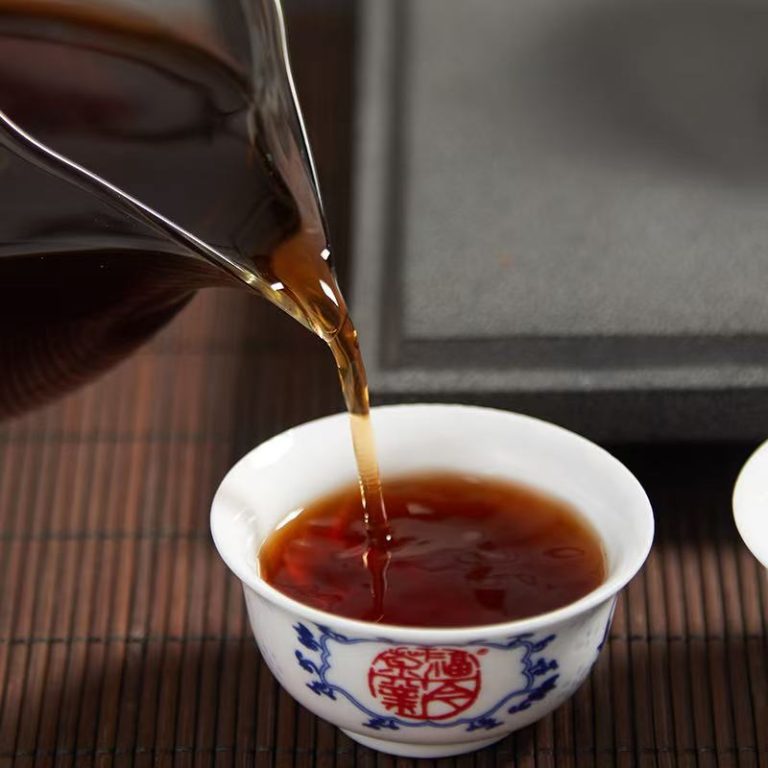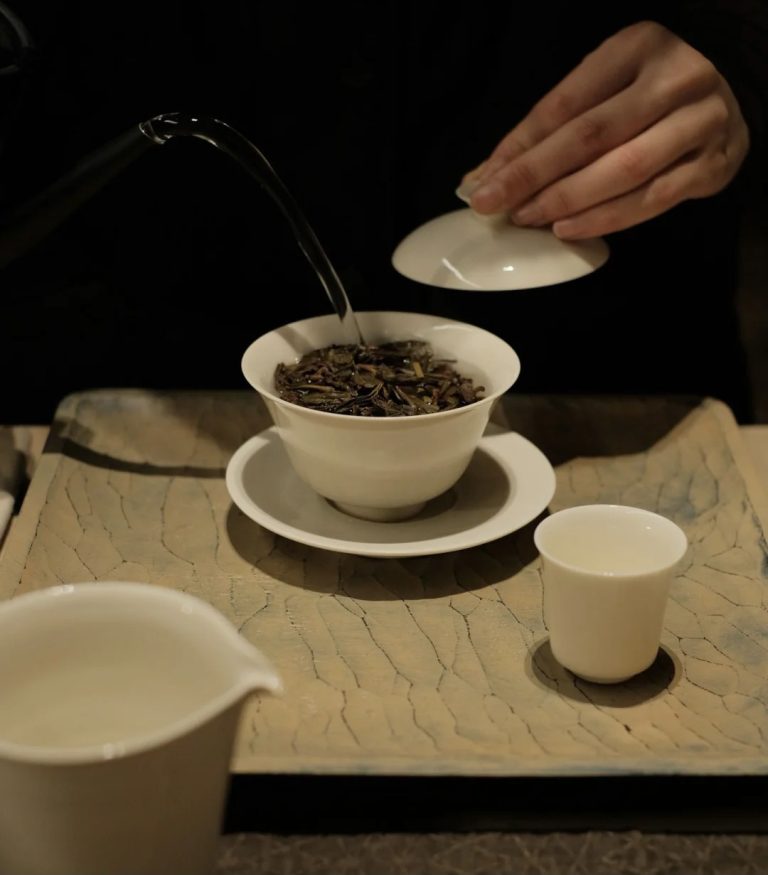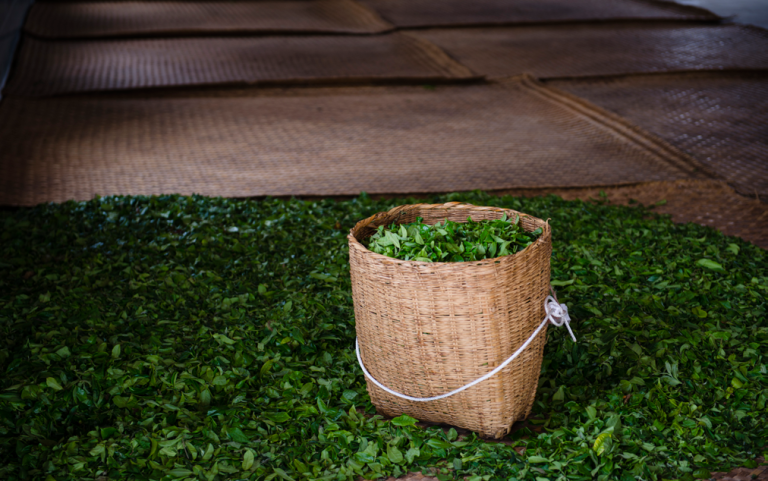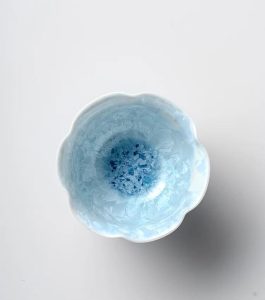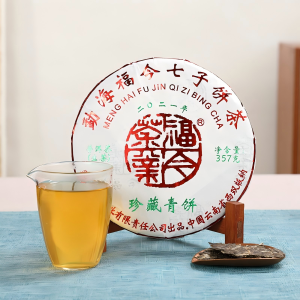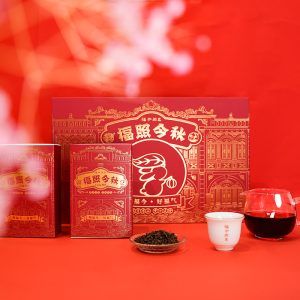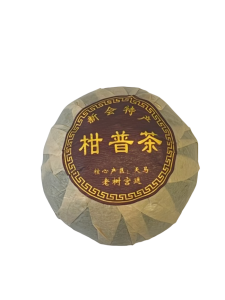When it comes to drinking tea, the cup you choose can make a huge difference in your experience. For centuries, Chinese tea cups have been crafted with a rich history of tradition and art. If you’ve ever wondered what makes these cups so special, you’re in the right place! Let’s explore the fascinating world of Chinese tea cups and why they’re not just functional objects but works of art.
Why Chinese Tea Cups Matter

When we drink tea, we’re often focused on the brew itself—the taste, the aroma, the warmth. But the vessel you use to drink your tea can completely change how you experience it. A Chinese tea cup isn’t just something to hold your tea; it’s a reflection of culture, history, and artistry. The craftsmanship behind these cups goes way beyond their appearance. From the materials to the design, every element is carefully chosen to enhance the tea-drinking ritual.
What Makes Chinese Tea Cups Different?
Chinese tea cups are known for their delicate, yet durable design. Here’s what sets them apart:
- Material Matters: The choice of material impacts both the taste of your tea and the overall aesthetic. Common materials include:
- Porcelain: Famous for its smooth surface and delicate look, porcelain cups retain the temperature of the tea longer.
- Yixing Clay: Known for its ability to absorb the essence of the tea, making it ideal for long-term use.
- Glass: Often used for brewing teas like oolong or white tea, glass cups allow you to admire the tea’s colour and clarity.
- Size and Shape: Different types of tea call for different cup sizes. For example, smaller cups are ideal for concentrated tea like Pu Erh or Oolong Tea, while larger cups are perfect for more delicate teas like white tea or green tea. The shape of the cup can also affect the aroma and how the tea is perceived.
- Artistic Design: Whether it’s a classic blue-and-white porcelain cup or a hand-crafted Yixing teacup, each cup often tells a story. Artists spend hours creating beautiful, intricate designs that reflect their culture, values, and the essence of the tea being brewed.
The History of Chinese Tea Cups
Chinese tea cups have a long and storied history that dates back thousands of years. In ancient China, tea drinking was an elaborate and highly ceremonial affair. The types of tea cups used were often dictated by the region, the tea type, and the occasion.
- Porcelain Cups: The earliest porcelain cups were created during the Tang Dynasty (618–907 AD), a period that saw the rise of tea culture in China. These cups were not just vessels; they were a status symbol among the elite.
- Yixing Tea Cups: Originating from the Yixing region in China, these clay cups are highly prized for their ability to absorb the flavours of tea over time. The tradition of making Yixing tea cups is so important that it’s still carried out by skilled artisans today.
- Porcelain vs. Clay vs. Glass: Historically, porcelain was used for lighter, more refined teas, while clay cups were preferred for their durability and their ability to enhance the flavours of stronger teas. Glass cups, on the other hand, are a more recent addition to the tea scene, offering a more modern way to appreciate the visual beauty of tea.
How to Choose the Perfect Chinese Tea Cup for Your Tea
Choosing the right tea cup isn’t just about looks—it’s about how it complements your tea. Here are some tips to help you select the perfect one:
- Match the Cup to the Tea: Lighter teas like white tea or green tea do well with delicate porcelain cups. Aged teas like Pu-erh or oolong may be better suited to Yixing clay cups, which retain the flavours better.
- Consider the Size: If you’re someone who loves to sip your tea over time, a smaller cup might be a good choice. If you like a larger portion, opt for a bigger cup.
- Think About the Aesthetics: Do you prefer a classic, minimalist style or something more intricate? The design of the tea cup should reflect your personal taste and enhance your overall tea experience.
- Material Quality: Always go for high-quality cups that are made with good materials. The better the material, the better your tea will taste!
How to Care for Your Chinese Tea Cups
Chinese tea cups are made with care, but they do require attention to keep them in good condition. Here are some simple care tips:
- Wash Gently: Never scrub your tea cups harshly. For porcelain, use warm water and a soft cloth. Yixing cups should be washed only with water to preserve their seasoned surface.
- Avoid Harsh Chemicals: Use mild, non-abrasive soap. Strong chemicals can affect the taste of your tea and damage the cup.
- Store Properly: Store your cups in a safe place where they won’t get knocked over or chipped. Consider using a special tea cup rack or box to protect them.

Chinese tea cups are more than just drinking vessels—they’re an art form that brings history, culture, and craftsmanship together. Whether you’re a tea connoisseur or just starting to appreciate the world of Chinese tea, choosing the right cup can elevate your entire tea-drinking experience.
By understanding the materials, history, and craftsmanship behind these cups, you’ll not only enhance your tea ritual but also gain a deeper appreciation for the tradition that’s been passed down for centuries. So, next time you brew a pot of tea, remember that the cup you choose can make all the difference!
Explore our collection of premium authentic Chinese Tea Cups here, and elevate your tea experience today!

